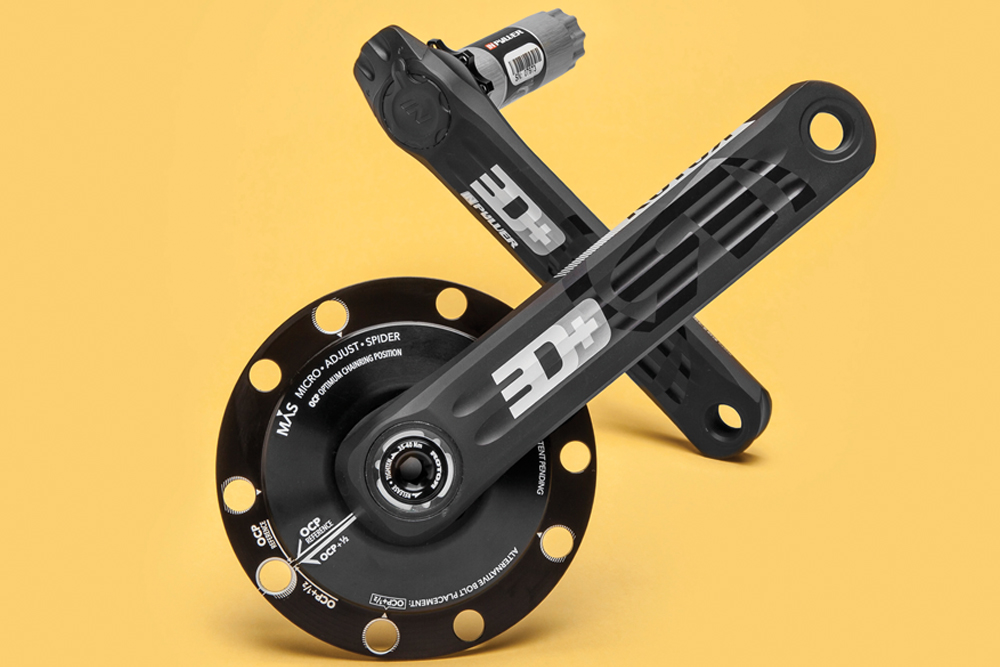Rotor INpower power meter review
We put the Rotor INpower power meter through a winter of testing

The Rotor INpower power meter offers accurate measurement for a single-sided system, and offers good battery life at 300 hours. However, it is a little fiddly to fit and isn't the easiest to move between bikes.
-
+
Good battery life
-
+
Consistent accuracy
-
+
Compatible with most frames
-
-
Time-consuming to swap between bikes
-
-
Only single-sided
You can trust Cycling Weekly.
Although best known for its oval-shaped Q-rings, Spanish company Rotor released its first power meter three years ago and its latest offering, the Rotor INpower power meter, has been used by WorldTour teams Lampre-Merida and Dimension Data.
The Rotor INpower power meter’s electronics (including strain gauges and accelerometer) are all stowed within the axle, which is attached to the non-driveside crank.
The spindle records the power generated by your left leg and then, much like the Stages power meter, extrapolates that to give a total power output.
With a 30mm diameter axle the INpower is compatible with most frames (spacers are provided) and, although not as simple as the PowerTap P1 pedals, installation is pretty straightforward - in effect no different from replacing the bottom bracket and installing a new chainring and crank.
Housed within the axle, the AA battery provides up to 300 hours of use and is easy to replace - the locking cap is opened by hand; just don’t be heavy handed as the rubber seal could fall out and/or the metal connectors could be bent.
Using ANT+ the device is quickly picked up by a cycling computer and calibrating the unit on your first ride takes minutes.
The Rotor INpower power meter is activated by pushing down on the pedals and measures the force your left leg puts through the pedals 200 times a second to give various metrics: cadence, your total power output at any point (default setting is to double left leg power), torque effectiveness and pedal smoothness.
The latest race content, interviews, features, reviews and expert buying guides, direct to your inbox!
By downloading the user software you can consider your power at different angles in the stroke as well as the optimum chainring angle, which will appeal to those with Q-rings.
Importantly for a power meter, and reflecting its claimed +/- one per cent accuracy, the Rotor INpower power meter gave consistent feedback throughout testing, save for the odd anomaly.
However, swapping the unit between bikes is time consuming, it only offers one-side power measurement and it is not Bluetooth compatible.
For more details visit the Saddleback website.